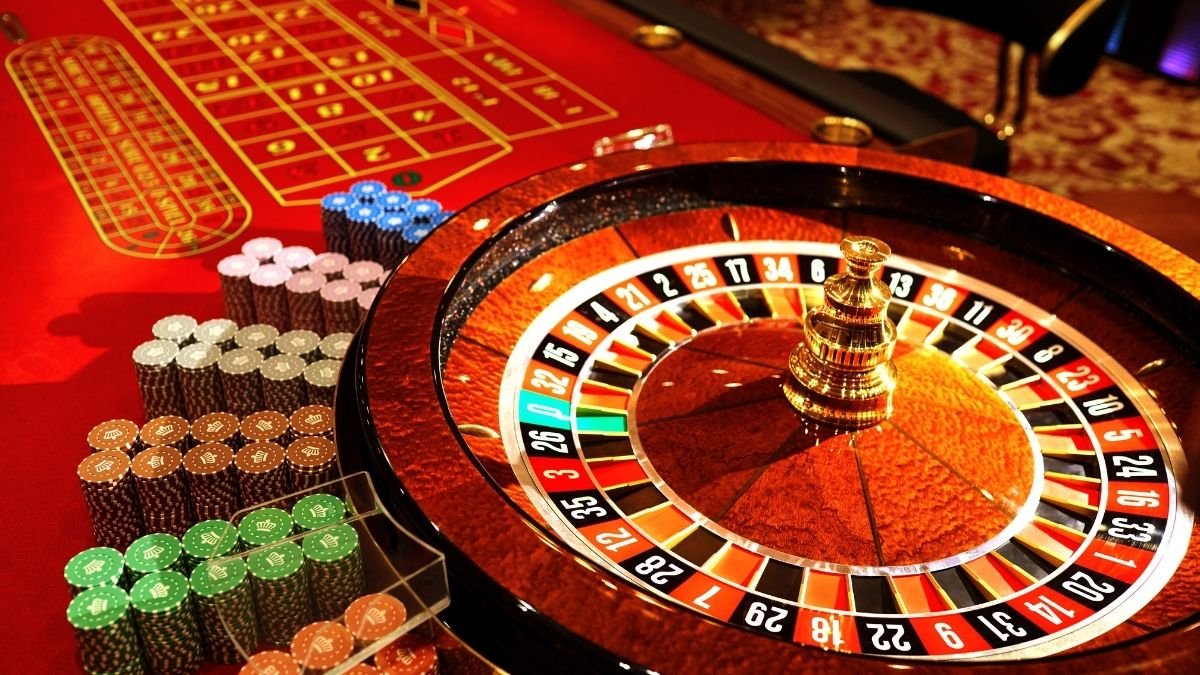The Game Without Adrenaline: How Casino Players Get Used to Risk and Stop Feeling Pleasure

When the Rush Disappears
It starts with a rapid heartbeat, tingling in the hands, and a thrill of opportunity. But over time, the adrenaline wears off. Experienced casino players often report an eerie paradox: the more they play, the less they feel. On platforms such as https://rabonacasino-greece.gr/, where exciting gameplay is an emotional payoff for both players and developers.
This article explores the psychological and neurological journey of casino desensitization – how gambling becomes routine and why risk is no longer fun.
The Biology of Adrenaline and Pleasure
What Happens in the Brain During a Gamble?
Initially, gambling stimulates the amygdala and nucleus accumbens, flooding the brain with dopamine and adrenaline – chemicals tied to reward and excitement. The first spins or hands trigger strong emotional reactions: suspense, joy, tension.
Adrenaline as a Finite Resource
However, sustained exposure to risk dulls this reaction. The brain adapts, protecting itself from constant stimulation. It becomes less responsive, demanding bigger risks for the same emotional payoff.
Tolerance: The Silent Progression
Similar to Drug Tolerance
Just like with caffeine or narcotics, the brain develops tolerance to dopamine surges. What was once thrilling becomes mundane. A €10 bet feels like nothing. Then €20. Then €100. The stakes rise, but satisfaction declines.
Chasing the First High
Veteran gamblers often chase that original sensation, unknowingly escalating risk. Ironically, their emotional void drives even more compulsive play, deepening the desensitization.
The Role of Predictability
Risk Loses Its Mystery
Part of gambling’s excitement lies in unpredictability. But frequent play reveals patterns, limits, and game design mechanics. The magic fades.
The Routine of Randomness
Daily log-ins, familiar animations, and known outcomes transform novelty into repetition. Even random events can feel predictable, dulling the sense of risk.
H2: Design Habituation in Digital Platforms
Stimuli Saturation
Bright lights, celebration sounds, and visual feedback are initially euphoric. But like a favorite song on repeat, they lose power with time. Platforms continuously experiment with visual and audio cycles to counteract this.
UI Fatigue
Even sleek interfaces become mentally “invisible.” The player no longer processes novelty, resulting in fewer emotional spikes.
Psychological Numbness and Emotional Flatlining
The Erosion of Excitement
Frequent gamblers report a blunting of emotional reactions – not just during play but in daily life. They stop responding strongly to wins, losses, or near-misses.
Dopamine Deficit and Pleasure Depletion
Consistent overstimulation depletes dopamine reserves, creating a state of anhedonia – a lack of pleasure in typically enjoyable activities.
Expert Perspectives on Risk Habituation
Dr. Helen Choi, Neuropsychologist
“Risk habituation in gambling mimics PTSD desensitization – frequent emotional exposure leads to neural pruning. The emotional pathways shut down as a self-defense mechanism.”
Elias Vrentzos, UX Consultant
“We face the unique challenge of designing for long-term emotional variability. The goal is not just to keep players online – but to sustain emotional relevance.”
Case Studies: Players on the Plateau
Nikos, 52, Athens
“At first, a small win made my night. Now I barely react unless it’s four figures. I still play – but I’m not even sure why.”
Marina, 63, Thessaloniki
“The games are the same. I know all the outcomes. I go through the motions, like checking email. It’s lost the fun.”
When Habit Replaces Emotion
Gambling as a Ritual
When thrill disappears, habit remains. Many players continue to log in and bet out of routine, not excitement.
The Casino as Background Noise
Some users compare casino play to TV – something that runs in the background while they multitask. The risk is there, but the emotion is gone.
How Casinos Are Responding
Innovation in Mechanics
Modern platforms now implement adaptive game mechanics – changing visuals, bonuses, and challenges based on session history to combat emotional fatigue.
Emotional Re-Engagement Features
Some casinos introduce “thrill resets” – unexpected events, mystery bonuses, or limited-time modes to reignite dopamine circuits.
Reawakening the Player’s Senses
Shifting Game Modes
Switching to games that require strategy or social interaction – like live poker or tournaments – can help reintroduce emotional stakes.
Time-Away Programs
Encouraging players to take breaks can reset dopamine sensitivity. Absence truly makes the heart grow fonder – even in gambling.
The Role of Mindfulness in Rekindling Pleasure
Conscious Play vs. Autopilot
By playing mindfully – paying attention to each spin, emotion, and outcome – players can restore some of the lost emotional intensity.
Tracking Emotions
Journaling wins, losses, and emotional reactions can make players aware of numbness and help them recalibrate expectations.
Risk Fatigue and Life Outside the Casino
Spillover Effects
Long-term desensitization doesn’t stay in the game. Players often report reduced enjoyment in food, relationships, and hobbies – a general dulling of life’s colors.
The Adrenaline Trap
Some pursue external risky behaviors (impulse buying, dangerous sports) to replace lost adrenaline highs.
Responsible Design: The Future of Casino UX
Ethical Stimulation
Developers must consider psychological thresholds – introducing features that excite without exhausting.
Emotion-Centric Design
Emerging designs track user emotional engagement through AI, adjusting content delivery in real time to avoid overstimulation and flatlining.
Can the Thrill Be Recovered?
Yes – But Not Through Escalation
Chasing higher stakes doesn’t work long-term. Emotional renewal comes from novelty, perspective shifts, and emotional spacing.
Embracing Playfulness
Approaching games with curiosity rather than expectation reopens the emotional pathways dulled by routine.
Conclusion: Rediscovering the Game in the Game
The journey from excitement to numbness is a silent one. Casino players, especially regulars, may not even notice the emotional drift until the game feels hollow. But understanding the biology, psychology, and mechanics of habituation is the first step toward reclaiming the joy.
Platforms are now grappling with how to keep gambling emotionally vibrant without pushing players into risk exhaustion. It’s a delicate dance between stimulation and sustainability.
Ultimately, the real thrill isn’t in the jackpot – it’s in the human capacity to feel. Reigniting that spark may mean stepping back, switching games, or simply remembering why you played in the first place.
